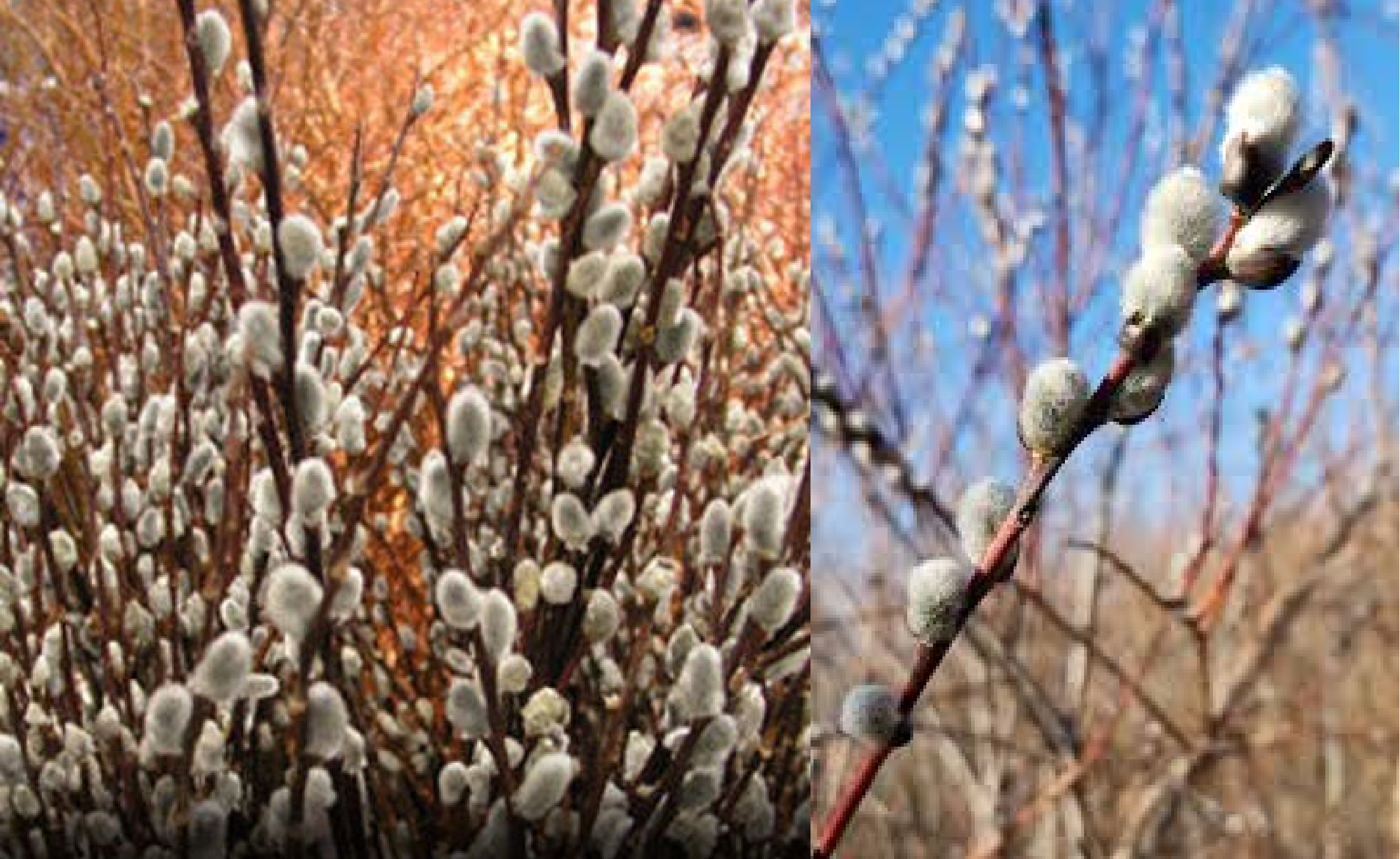Pussy willows, with their soft, silvery catkins that signal the arrival of spring, hold a special place in both the garden and cultural folklore. This beloved plant, scientifically known as Salix discolor, is native to North America and is cherished for its early spring blooms and easy-care nature. In this comprehensive guide, we explore the unique aspects of pussy willows, including their biology, cultural significance, gardening tips, and their uses in floral arrangements and beyond.
Understanding Pussy Willows: Biology and Characteristics
Pussy willows are deciduous shrubs or small trees that belong to the willow family, Salicaceae. They are best known for their distinctive catkins—fluffy, soft blooms that appear in early spring before the leaves. These catkins are actually flowers, with the male catkins being more prominent and ornamental due to their larger, more colorful stamens. Pussy willows are dioecious, meaning individual plants are either male or female. This early bloomer is not only a herald of spring but also a vital source of pollen for bees and other insects emerging from winter hibernation.
Cultural Significance and Symbolism
Pussy willows hold significant cultural and symbolic meaning in various traditions around the world. In many cultures, they are seen as a symbol of renewal and vitality, heralding the end of winter and the beginning of a fertile spring. In Chinese culture, pussy willows are associated with the Lunar New Year and are used as decorations to symbolize growth, prosperity, and good fortune. Similarly, in Eastern European countries, branches of pussy willows are often used in place of palms on Palm Sunday, representing new life and resurrection.
Growing Pussy Willows in Your Garden
Pussy willows are unpretentious plants that thrive under a variety of conditions, making them excellent choices for both novice and experienced gardeners. They prefer moist, well-drained soil and can tolerate partial shade to full sun. Pussy willows are hardy in USDA zones 4 through 8 and can be propagated easily from cuttings. Planting is best done in the fall or early spring, and caring for them involves minimal pruning, mainly to maintain shape and remove any dead or diseased wood. Their water-loving nature makes them suitable for planting near water features or in wet areas of the garden where other plants might struggle.
Utilizing Pussy Willows in Floral Designs
Due to their striking appearance and long-lasting nature when cut, pussy willows are a favorite in floral arrangements and home decor. Their branches can be used alone in a vase for a simple yet elegant display or mixed with other spring flowers like daffodils or tulips to create a diverse and vibrant arrangement. Pussy willow branches can also be dried and used in crafts, such as wreaths and other decorative items. For best results in floral designs, cut the branches when the catkins are fully developed but before the pollen begins to shed.
Conservation and Ecological Impact
While pussy willows are abundant in many areas, their habitats are often threatened by urban development and changes in land use. Conserving native pussy willow species and their natural habitats is crucial for maintaining biodiversity, especially in regions where they provide critical early-season pollen for insects. Gardeners can contribute to conservation efforts by planting native species, avoiding invasive willow species, and supporting wetland preservation in their local communities.
Conclusion: The Allure of Pussy Willows
Pussy willows are more than just a sign of spring; they are plants with deep ecological and cultural roots that can enhance any garden or home. Whether you’re drawn to them for their simple beauty, their ease of care, or their significance in springtime traditions, pussy willows offer a delightful glimpse into the natural rhythms of the seasons. By incorporating these charming plants into your garden or decor, you can enjoy a piece of spring’s magic and contribute to the preservation of a species that holds a special place in the natural world and human culture alike.
Read more: Understanding the Fallopian Tube: Functions, Health, and Common Disorders




